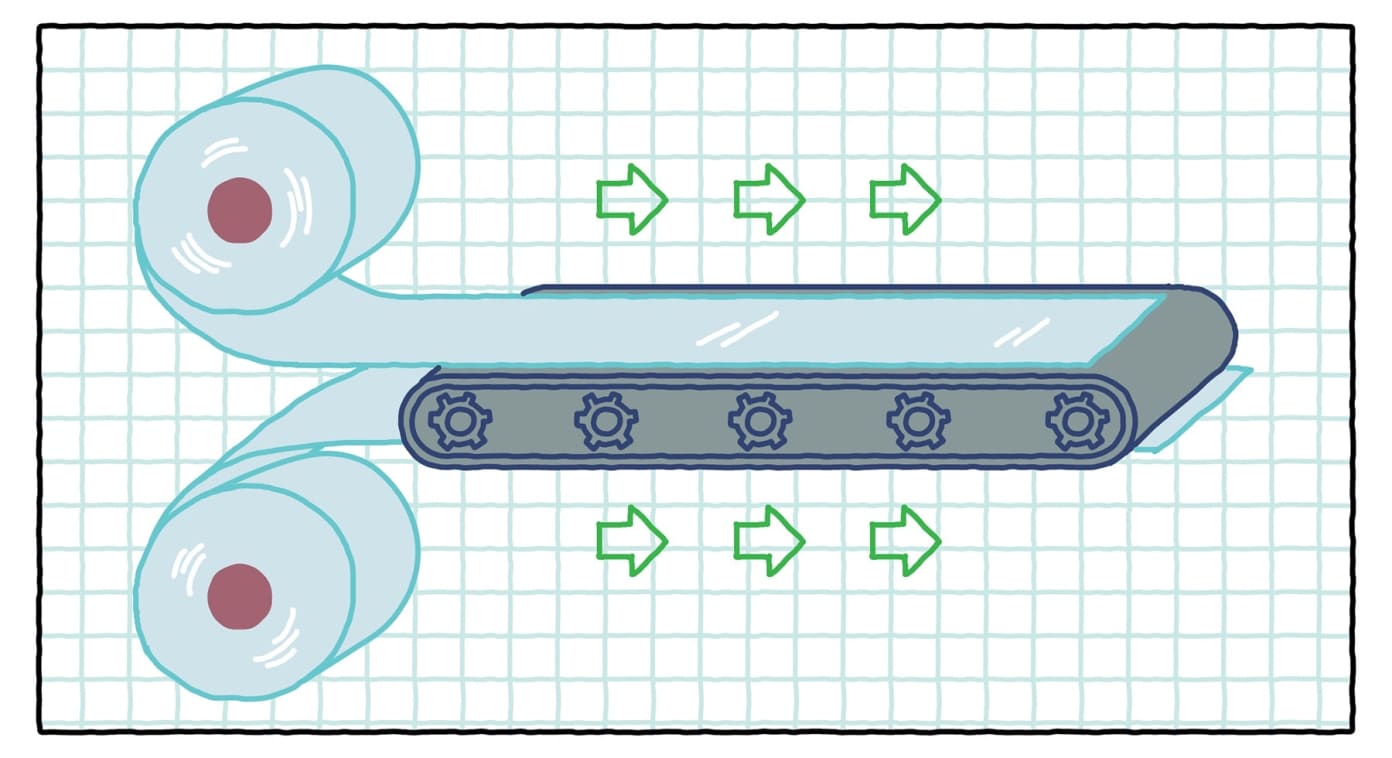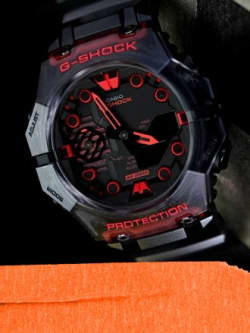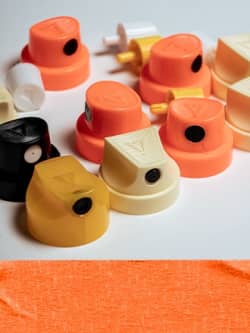How Nike Make Their VaporMax Sole

Nike pleased fans last year with the release of their unique VaporMax sole unit during the Air Max Day 2017 roll-out. The sole, which features a full-length Air unit, stood out from the crowd and soon became a streetwear favourite. The sole proved so popular that Nike have been steadily applying the sole unit to other models in their arsenal, like the TN Plus and Air Max 97. There have also been many different VaporMax colourways released since its creation, with a new colourway releasing tomorrow actually. The VaporMax model featured in Virgil’s “The Ten” Nike collab and became one of the most sought-after from the whole collection. While most know the VaporMax model well by now, most don’t know that the production of the sole is part of Nike’s push for sustainability, much like adidas’ Parley range.
Nike recently gave fans a look into the 11 sustainable steps involved in making the popular VaporMax sole. According to Nike, the sole is constructed from 75% recycled materials and is made exclusively at their Air Manufacturing Innovation Plants in Oregon and St. Louis. Without further ado, here's how Nike do it.

It all begins with two sheets of TPU (thermoplastic polyurethane), which are fed into a thermoforming machine.
 Heaters are then used to warm up the TPU sheets.
Heaters are then used to warm up the TPU sheets.
 Once the TPU has reached its desired temperature, clamps are set in place.
Once the TPU has reached its desired temperature, clamps are set in place.
The process continues by clamping down the TPU to create molds.
The molds function as the blueprint for the Air units.
The next step is beginning to trim down the molds.
Then the shapes must be cleaned up around the edges.

The fun part begins when pressurized nitrogen is pumped throughout the molds.
 Which results in inflated Air bags primed for the final step: inspection.
Which results in inflated Air bags primed for the final step: inspection. Once they've been approved, the Air units are shipped to other Nike factories where they'll be affixed to uppers.
Once they've been approved, the Air units are shipped to other Nike factories where they'll be affixed to uppers.
As a bonus step, Nike makes the process even more sustainable by re-using over 90 percent of its excess scrap material.












